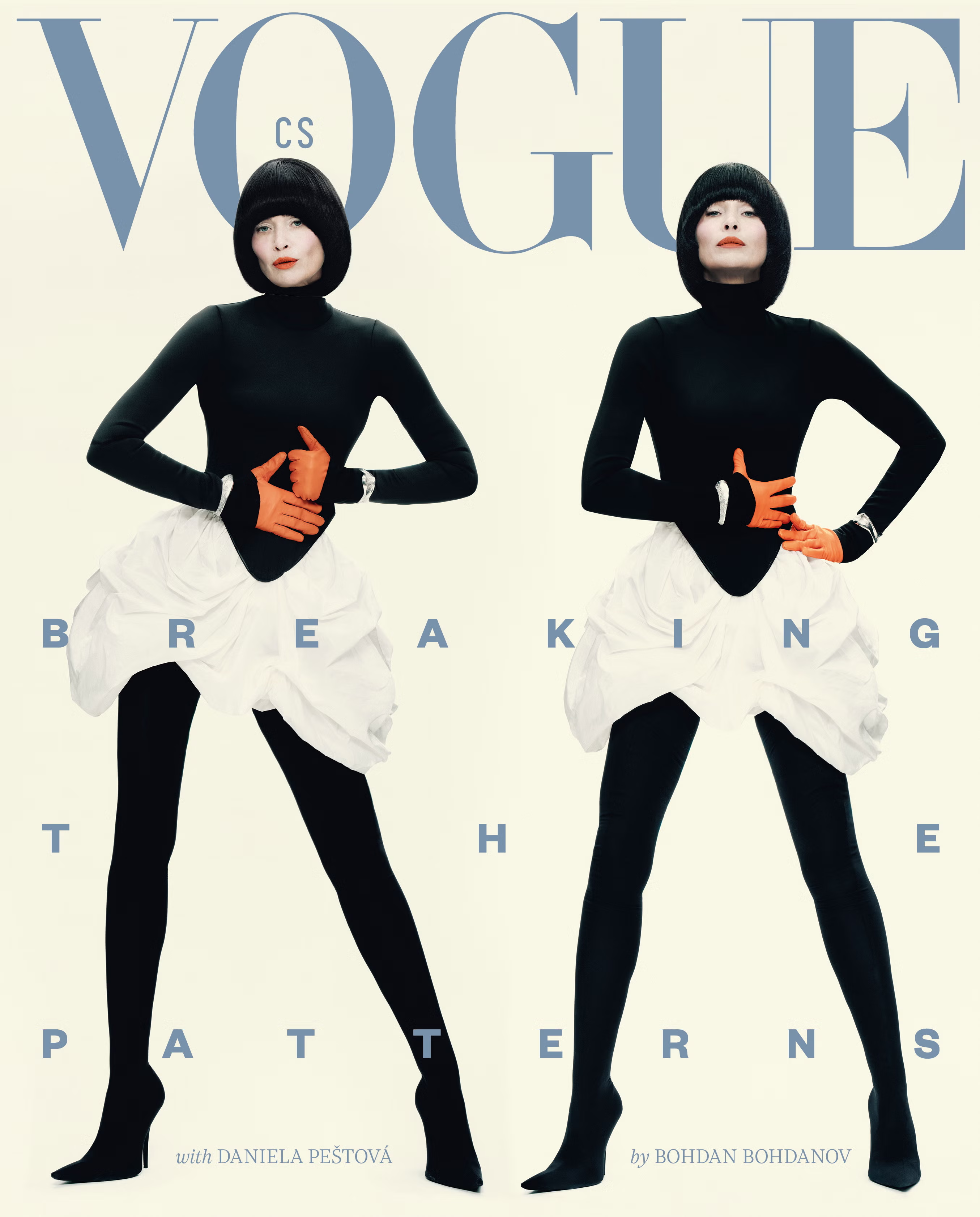Vogue CS in English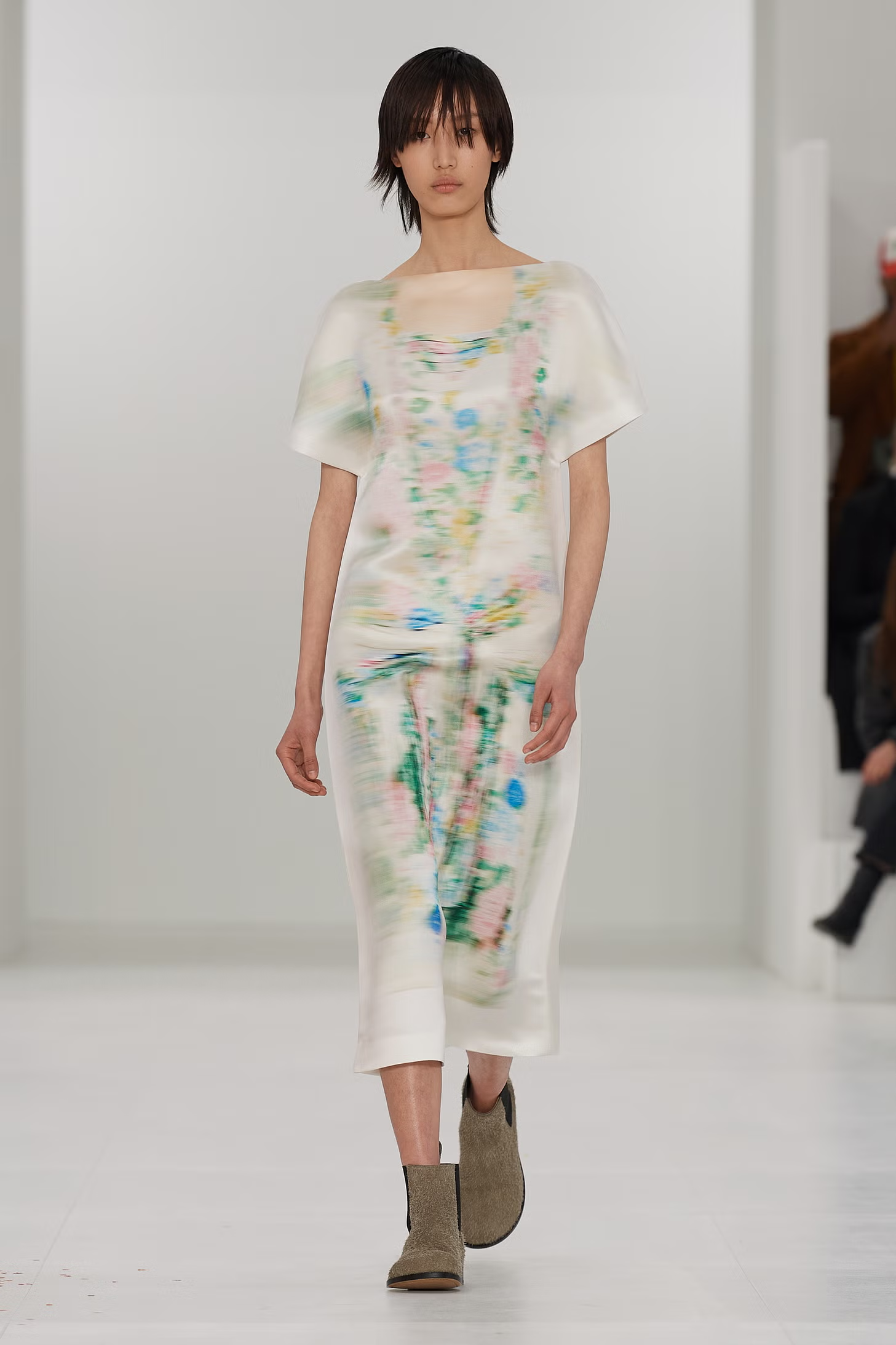
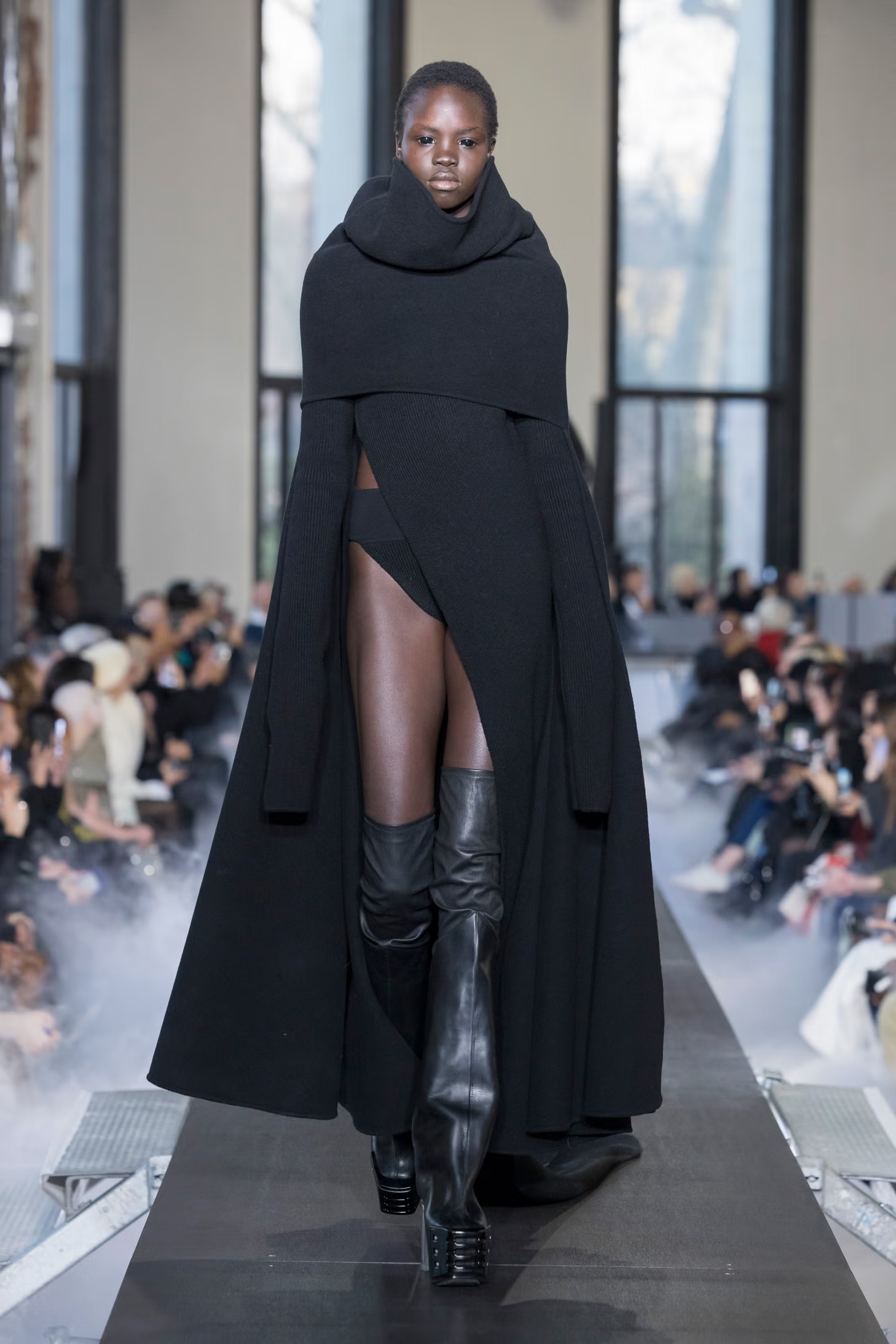
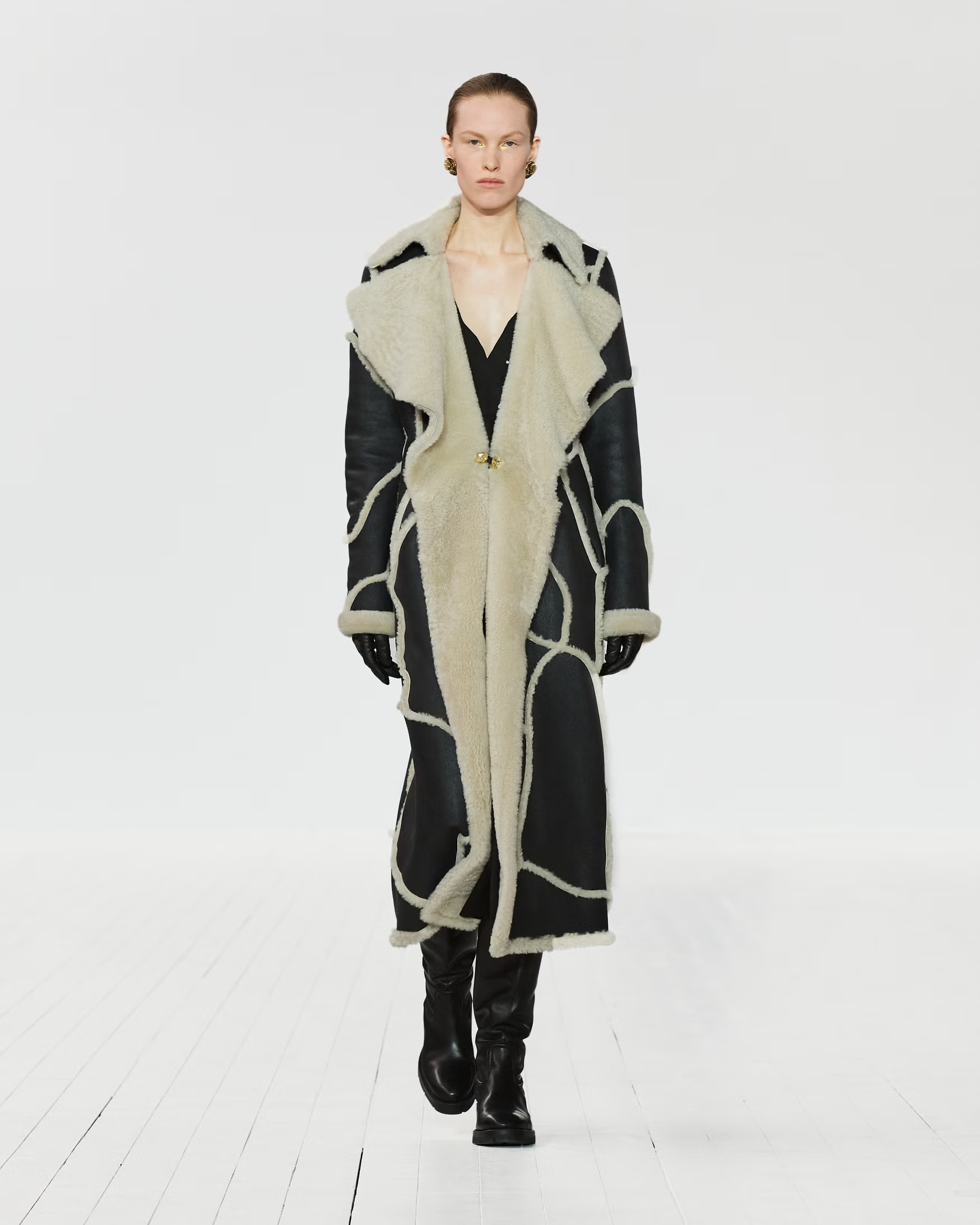
Complexity as a new way to extract beauty from simplicity
Sotiris Kaberis6. 3. 2023
The age of neo-minimalism (and fashion populism) is upon us.
Paris fashion week has been chaotic this time but quite successful in forming a collective mind, or maybe a unification of creativity under some very strict standards. This shift in how designers see fashion is an outcome that lashes out straight from society’s core. In an unbalanced and uncertain world people lose their interest in being fashionable, they just want the easy way and fashion brands are here to provide them reinforcing it with a touch of luxury. When Generation Z can’t afford logos, old-money fashion is taking over to ensure the future. Almost like a protective mechanism, a polished safety net.
In a season where everyone is being reductionist, total black looks are dominating the catwalk and the essence of homogeneity is overtaking creativity, how can we actually know which collection was good and which wasn’t? Since the beginning of time, the fashion industry has been driven by desire and profit, these kinds of goosebumps that make you want to obtain something, wear it and enjoy it. Fashion is about enjoyment, it actually gives pleasure through the feeling of need, but in order for an item to generate these kinds of emotions it has to reflect a kind of beauty above all. Beauty is the ultimate way to define modernity in fashion at a specific time period and that makes me wonder, in fashion’s current state when everything looks the same, where the actual beauty lies?
At a time when fashion became an equation that leads into growth, and clothes follow a productive algorithm of what sells best instead of following the pathway of the unexpected, there are some designers who found the solution and a new way to stand out and make their creations unique (in a very abstract way). For them, beauty and luxury exist in the details. A system of complexities lie on these very simple looks, a piece of fabric, an alteration or the way you wear a dress creates a new kind of minimalistic approach which proves that fashion developed an entirely new mechanism to trigger people’s interest. A new way to see luxury in the temporal. A unified and populist one.
Johnathan Andreson is a designer who can easily predict the future of fashion by listening to what people need and want to wear. After a lot of experimentation, Loewe’s creative director chose to calm down and let the clothes speak for themselves - something we first noticed at his Fall/Winter 2023 menswear show. As a continuation of that, the womenswear collection worked very effortlessly by equalizing femininity with masculinity in an effort to strip down the history of clothing which leads to a new direction for the future. Inside a large all-white cube full of artworks from Lara Favaretto the designer played an interesting game of portions, bold detailing and sharp compactness. Simple silk dresses were printed with a blur tromp l’oeil image of another dress and white column dresses were decorated with gold cylindric hardware that was applied just to create a drape feeling. Gestures that felt very organic but yet so complicated to achieve. In terms of accessorizing Mr. Andreson went big this time by throwing on the runway an oversized version of the puzzle tote bag and shoes with a fuzzy brushed suede material. By being an introvert, Johnathan Anderson managed to build a controversial fairytale of simplicity in which you have to go deeper to get the full picture. These kinds of collections and designers attain the level of myth in the world and that’s something difficult to reach, but when you do, it becomes iconic. (exactly like Phoebe Philo’s era at Celine).

1 / 30
Foto: Courtesy of Loewe
And from mythical creatures, we went to the magical ones. This time Rick Owens tried to find the gorgeousness inside all the horror of this world and he achieved it by leading his art to an entirely new pathway. The designer created a poetical contradiction between realism and idealism. For his outing, he chose to reduce his shapes to the simplest form they can get. Black dresses with high slits came out accompanied with jumbo padded garlands and flowing capes while models were walking on a high metallic runway only to look huge, almost like a symbol. After the total black and minimalistic approach of the first looks, the real surprise came. In an effort to make the collection more refined and exquisite, he mixed sequins with drape mini skirts and his signature donut-shaped tops, giving a new duality to the modern woman that you can understand only if you look from both sides of the clothes (back and front). From this collection, beauty is shining through a silenced extravaganza, a distressed Old Hollywood allure that’s fully compliant with the current culture. For some people, this kind of creation process may feel absurd but that doesn’t mean that it wasn’t a glamorous one. Sometimes extreme glamour comes out of the simplest and purest version of clothing, or from ourselves.

1 / 54
Foto: Courtesy of Rick Owens
Chloé’s Gabriela Hearst decided to take a step back this season by letting clothes speak for our actions. For her latest collection, she’s letting women be in charge of their own bodies and she's getting inspired by Artemisia Gentileschi, the Renaissance painter. Shearling and leather are building her ideal concept of a strong and sensitive woman, reinforcing her initial idea. References from the brand’s past like the horse print from Phoebe Philo's era at Chloé are backing up the collection by showing signs of heritage. For this season the brand's creative director is testing the boundaries of fabric development by showing us their complexity. New lace techniques have been developed for a figure-hugging dress to give it stretch and ease for the active woman. An oversized cape dress is knitted from a cashmere and silk ‘faux fur’. The paneling of dresses with horizontal and vertical lines is based on crinoline pattern pieces but engineered on the knitting machine to introduce a sense of Chloé flow and femininity into the knitwear. This is a woman's world after all.

1 / 45
Foto: Courtesy of Chloé
On the other side of the fashion spectrum, the Coperni duo proved that this is a technological world, or maybe an act of creating the perfect Instagram moment. Co-founders and Co-creative directors Sébastien Meyer and Arnaud Vaillant made a huge social media impact just by opening their show with robot dogs and a game of catch and fetch. Model Rianne Van Rompaey gave her jacket to one of the police robodogs to guard it with its life only to strike a pose and take it back. In an attempt to talk about the relationship between humankind and technology, the two designers created a Black Mirror dystopia which pushed aside their initial purpose, to present interesting clothes with a twist. That’s what a fashion show is all about after all.
Vogue
Doporučuje

Přehlídky
Co přinesly přehlídky na sezonu jaro–léto 2026? Zde je výběr toho nejdůležitějšího
Emily Chan, Daniel Rodgers, Mahoro Seward, Olivia Allen14. 10. 2025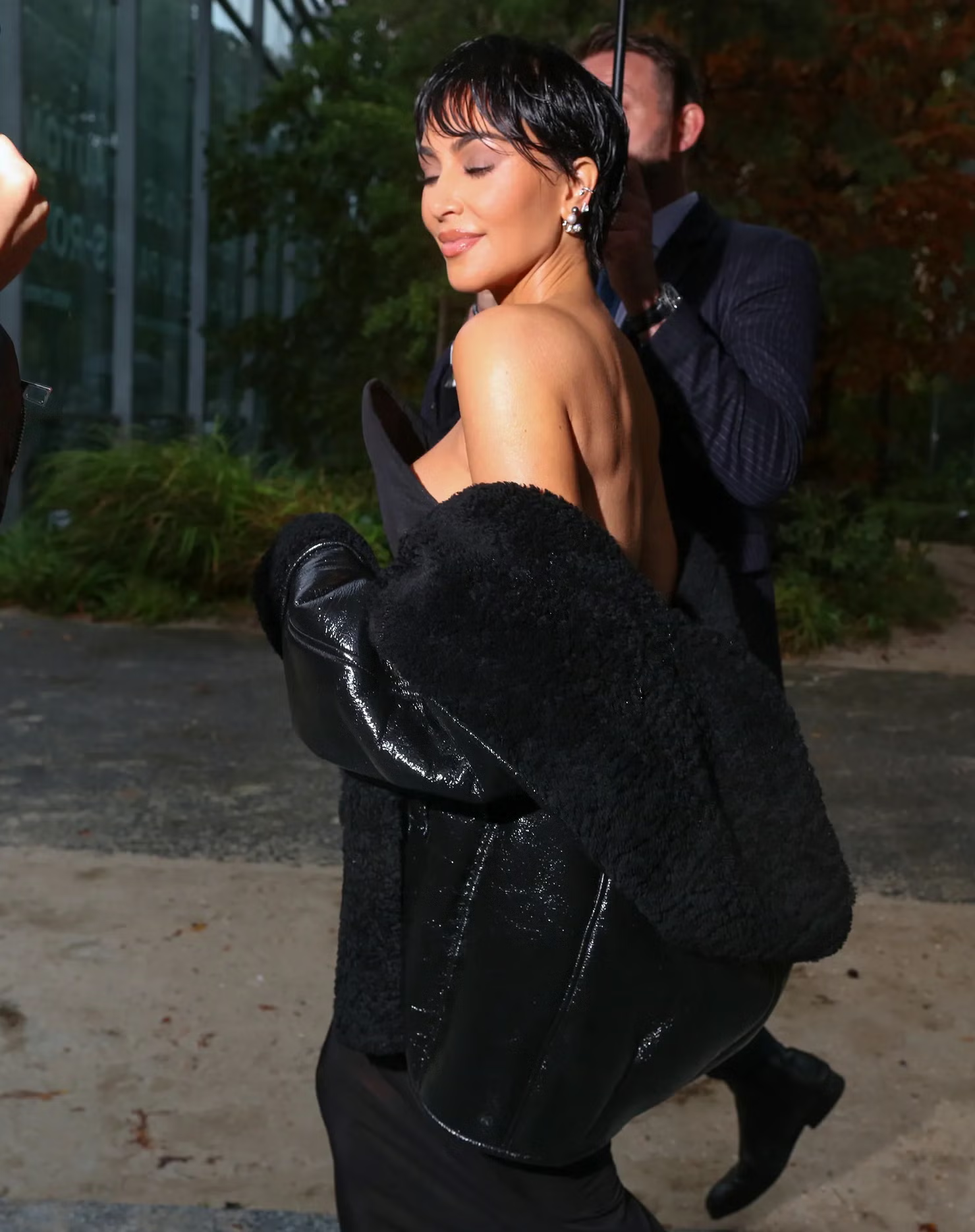
Street style
Pařížský diktát. Street style z francouzské metropole ukazuje nové pojetí kalhotového kostýmu i staronové kabáty
Cindy Kerberová7. 10. 2025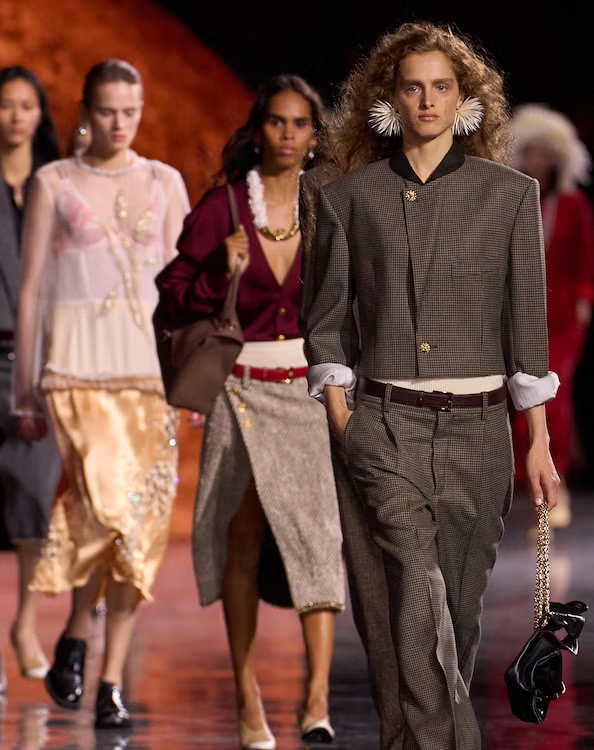
Přehlídky
